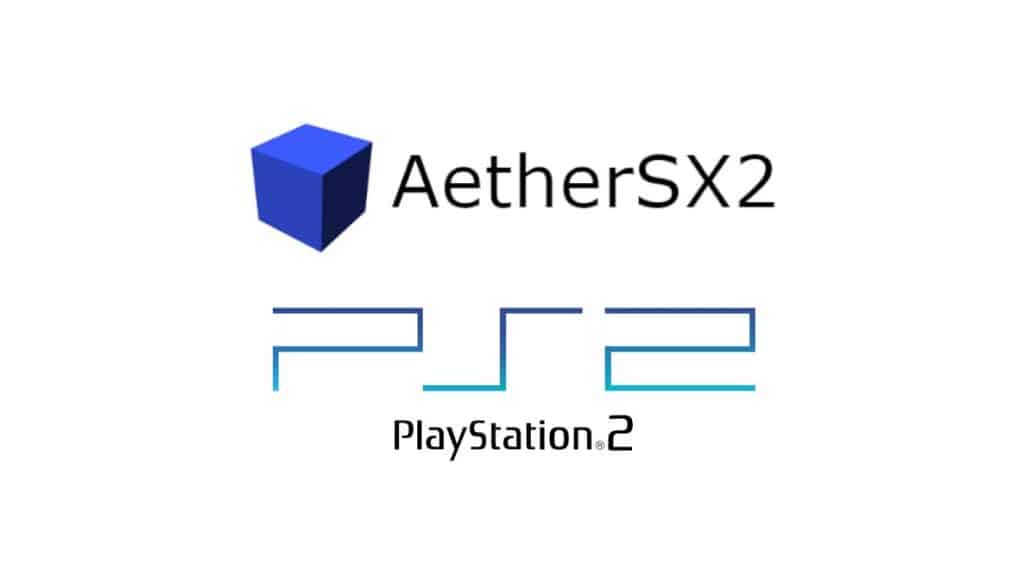For over a decade, Android has become one of many platforms used in emulating from Atari and the NES to Gameboy and even the PS1. Though it has shared lots of wonders, this platform has faced challenges whenever a PS2 emulator is used on it, and recently a new software called AetherSX2 has landed. In this guide, players will learn about this software and more, so read on and enjoy.
What is AetherSX2?
AetherSX2 is an emulator of the PlayStation 2 console for the Android platform, where Android users can play games that they have dumped from discs on their portable devices.
AetherSX2 Requirements
The AetherSX2 team recommends a phone with a Snapdragon 845 CPU or higher. Phones like the LG Thrill P925, I14Pro, and M11 Ultra, which each have four massive CPU cores, are particularly noteworthy.
Also, a 64-bit CPU and Android 7.0 or later are needed for this emulator to function. That specifically eliminates phones from the year 2014 and prior. For gaming, I think the Razer Phone, Xiaomi Black Shark 5, Asus ROG Phone 6 Pro, or the Samsung Galaxy Note20 Ultra from 2015 is ideal, as its processing power is far more than that of regular Android phones.
Where to Download the AetherSX2
Typically, users would have to go to the developer’s official website or the Google Play store to get their hands on this software.
How to Setup the AetherSX2
Namely, PlayStation 2 (PS2) ROMs and ISOs, as well as the BIOS for the PS2. This BIOS is required for use with any PlayStation 2 emulator. These system files are hard-coded into the console and are necessary for many games to run properly or even launch. To find the whole BIOS required to simulate on the Steam Deck, a Google search for “PS2 BIOS for PSX2” is recommended.
The ROMs and ISOs can be downloaded without any trouble. Like with PS2 bios, there are numerous web resources where players may find old PS2 games for free download. Sites that offer this service and are worth visiting are included as references below.
Tips and tricks for Configuring the AetherSX2
As one of the newest emulators for Android, this software has a number of issues that will tend to slow down the performance of one’s phone. Users should remember these tips and tricks:
- Altering the renderer for visuals from OpenGL to Vulkan. For PS2 games, the Vulkan API can provide a lightning-fast experience.
- If your phone isn’t up to snuff for emulating a console, consider slowing the Processor down. To achieve this, select the EE Cycle Rate (Underclocking) and EE Cycle Skip (Underclocking option) fields from the three-line menu button, then go to the App Settings section of the System menu. It is recommended to specify a positive value for the Cycle Skip and a negative value for the EE Cycle Rate.
- Use the system’s Multi-Threaded VU1 feature, which may be activated via the three-dot menu button’s application settings menu. This component can increase the processing speed of the game, however it calls for three sizable CPU cores. It’s possible that enabling this on a phone with only two large cores will slow down performance.
- Turning on Performance Mode in the phone’s battery options will increase its performance. As a result, performance is improved at the expense of battery life and heat. Keep in mind that greater temperatures can cause faster throttling, therefore the default power mode might be preferable for prolonged gameplay.
- This emulator allows for scaling the resolution up by a factor of 1x to 8x. Keep in mind that this method is not recommended since it is not effective in the majority of games, but it is still fun to try out.
- Files often be erased during upgrades, so it’s important to have a backup ready in advance. In order to avoid having to start from scratch after installing an update, save your progress to the game’s virtual memory card often.
And that’s our guide on using the AetherSX2. If users are enjoying this guide, read our other Android-related articles on our main website




